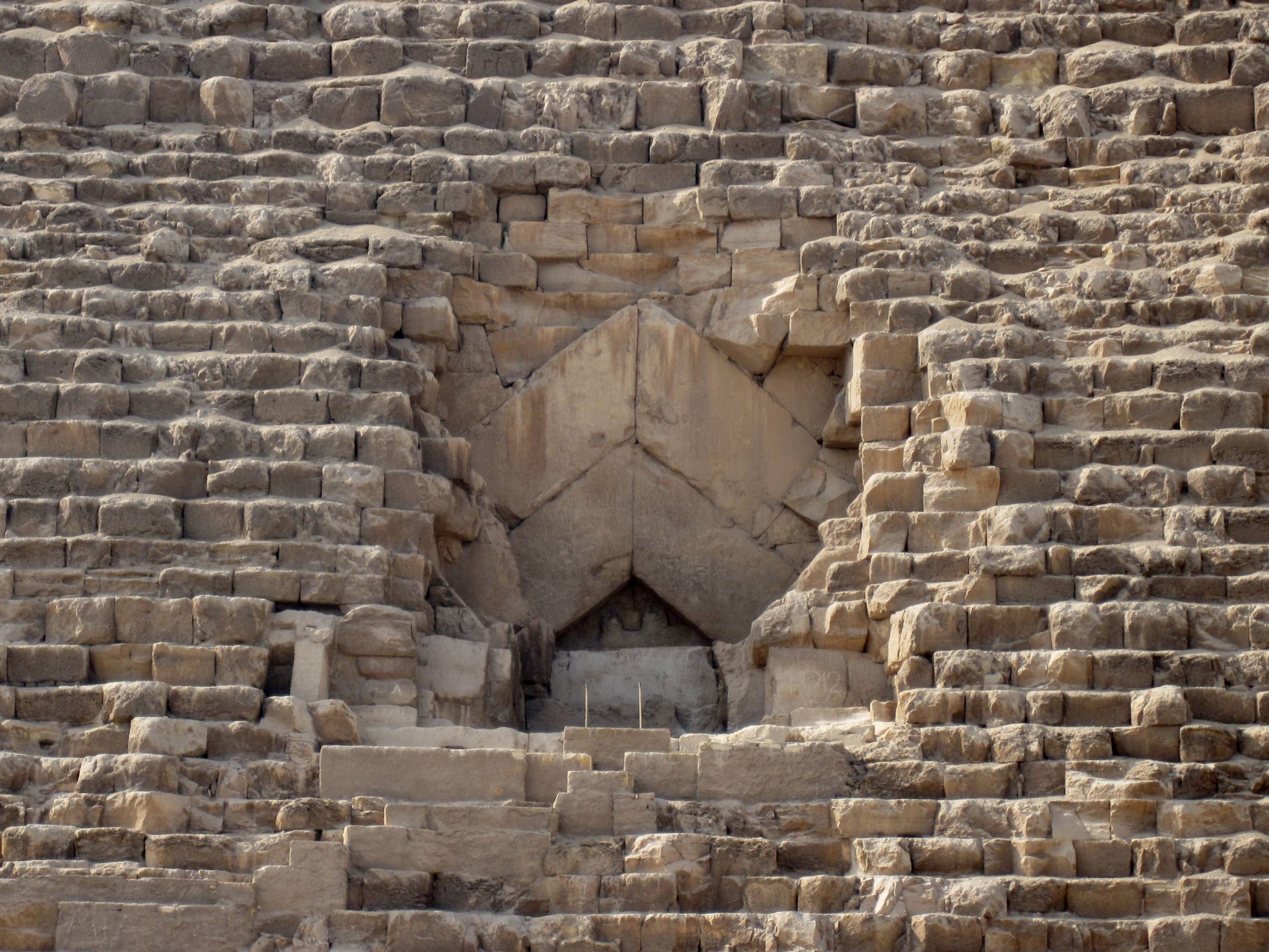At a staggering length of 6,671 km, the Nile proudly claims its title as the longest river globally, carving its path through 2,803,000 square kilometers across eleven nations. From Egypt and Sudan to South Sudan, Ethiopia, and beyond, the Nile’s waters tell a tale that transcends borders.
But where does this mighty river begin its epic journey? The Nile boasts two source rivers—the shorter yet affluent Blue Nile and the extensive White Nile. Originating in the mountains of Rwanda and Burundi, the Nile weaves through Tanzania, Uganda, South Sudan, and Sudan before finally embracing the Mediterranean in Egypt.
One of the Nile’s enchanting phenomena is its annual flooding, a spectacle fueled by massive water masses from the Ethiopian highlands’ large lakes during the summer rainy seasons. From mid-June to mid-September, the Nile swells, reaching its peak in mid-September with a rise of around 6.5 meters, approximately 20 times its normal flow.
Delving into ancient history, the ancient Egyptians were mystified by the Nile’s floods, attributing their origins to the first cataract in Aswan. Here, between the rocks, the Nile transformed into foaming rapids and whirlpools. Legend has it that these rapids were the eyes of Isis, shedding tears for her husband Osiris.
In the years around the birth of Christ, the renowned writer Strabo, drawing from traveler reports, described the Nile’s origins as a network of tributaries swelled by Ethiopian rains. The Nile, or ‘Iteru Aa’ in ancient Egypt, meaning ‘great river,’ was the lifeblood of the region, with the god Hapi personifying its essence.
As the Nile meanders through Egypt, it becomes a gift to the land, shaping the country’s destiny. Herodotus aptly stated, ‘Egypt is a gift from the Nile.’ The river’s fertile banks gave rise to one of the earliest advanced civilizations—the ancient Egyptian pharaonic empire.
The Nile divides Egypt into two distinct sections—the Nile Valley (Upper Egypt) and the Nile Delta (Lower Egypt). Approximately 25 km north of Cairo, the Nile fans out, forming the expansive 24,000 km² Nile Delta, a cradle of fertility in North Africa.
Throughout its course, the Nile has undergone transformations, with dams like the Aswan Dam altering its dynamics. The river, once dotted with cataracts or natural obstacles, has seen its landscape evolve with the changing tides of time.
The Nile, with its Nilometers strategically placed by the ancient Egyptians, not only dictated agricultural fortunes but also shaped taxation policies based on flood forecasts. Today, dams and canals serve as testaments to human ingenuity, regulating the river’s flow and providing energy for homes and industries.
As we navigate the Nile’s rich history and intricate web of influence, one cannot overlook the magnificent Esna Dam, a crucial connection on the river’s course. Serving as both a road connection and a lock system, the Esna Dam encapsulates the marriage of tradition and modernity.
In conclusion, the Nile stands not just as a geographical entity but as a living, breathing entity that weaves the past, present, and future of Egypt. Its waters, once inhabited by Nile crocodiles, have witnessed the ebb and flow of civilizations, leaving an indelible mark on the tapestry of time.


